Disposable vs. Rechargeable: Should I Get Rechargeable Hearing Aids?
Should I Get Rechargeable Hearing Aids?
Rechargeable hearing aids are becoming more common. It’s natural to assume they’re the preferred model. But is that true? Check out our breakdown to see if rechargeable is the way to go. You might decide traditional disposable batteries fit your needs better.
Disposable vs. Rechargeable
Disposable
A disposable battery sits in a compartment in the hearing aid. You can easily access it via the battery door. When the hearing aid loses power, you switch out the battery for a fresh one.
Rechargeable
Rechargeable batteries are sealed inside the hearing aid. There’s no battery door, so you can’t access the battery. When the hearing aid loses power, you put the hearing aid on or in a charging station to recharge it.
Why Would You Prefer Disposable Hearing Aid Batteries?
More hearing aid styles
Disposable batteries are the norm for any hearing aid style. Rechargeables, however, are only available for behind-the-ear, receiver-in-canal, in-the-ear, and in-the-canal styles.
User control
If you’re already used to carrying around replacement batteries, you know the routine. It’s simple. It’s basic. No matter where you are, loss of power is no problem. Just pop in a new battery and go. When you’re used to the disposable routine, it’s tricky getting in the habit of charging your devices every night.
Less dependency
Disposable batteries are usually stored with the rest of your hearing care supplies. Everything is in one place. But a hearing aid charger usually sits on the bedside table, so it can easily be forgotten when packing for work or a vacation. Plus, the cord can become damaged, or the charger can stop working altogether. Then you’re stuck with no power!
Why Would You Prefer Rechargeable Hearing Aids?
Ease of use
Disposable batteries are tiny. The packaging can be complicated. If you have poor dexterity, whether from injury or age, that could be a deal-breaker. With rechargeables, you simply place the devices on the charger before you go to sleep. When you wake, you’ll have all-day power.
Safer for children and pets
Disposable batteries are the perfect size and shape to entice tiny hands and mouths. If swallowed, however, they’re extremely dangerous. Rechargeable hearing aids, which should be either in your ears or in the charger at any given time, are far less likely to be accidentally swallowed.
Environmentally friendly
One rechargeable hearing aid goes through one battery a year (give or take, depending on the model). One traditional hearing aid goes through 100 or so disposable batteries in the same amount of time. That’s a lot of waste.
Better for streaming
Bluetooth use and audio streaming drain your hearing aid batteries faster. If you plan to use either one often, rechargeables are a better bet. Instead of going through disposables faster, you can simply recharge your hearing aids.
Want to know more? There are lots of things to consider when looking for hearing aids. We’d be delighted to be your guide. Contact us today if you’re ready to start your better-hearing journey!

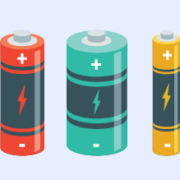

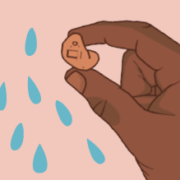
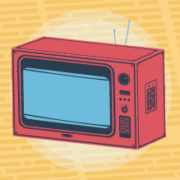


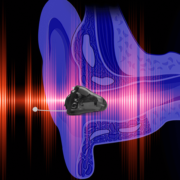


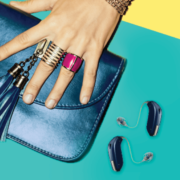
 Proudly Canadian and Independently Owned and Operated
Proudly Canadian and Independently Owned and Operated 

